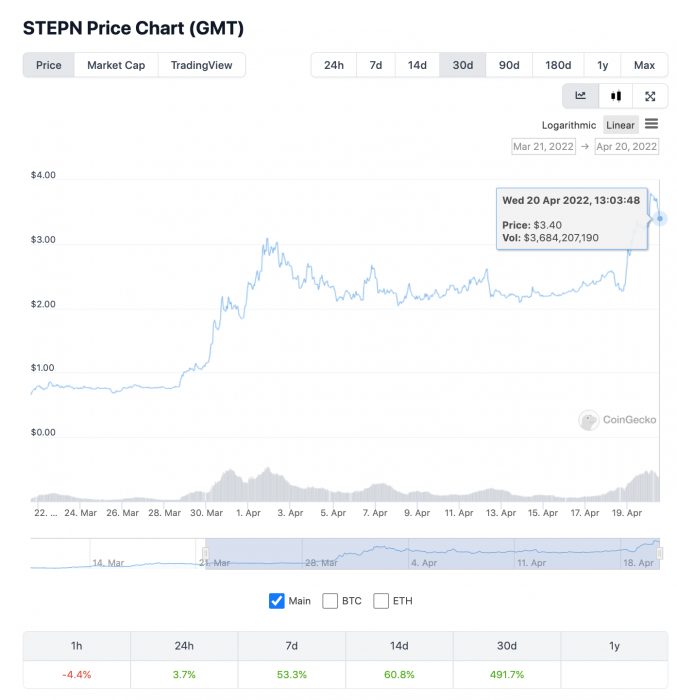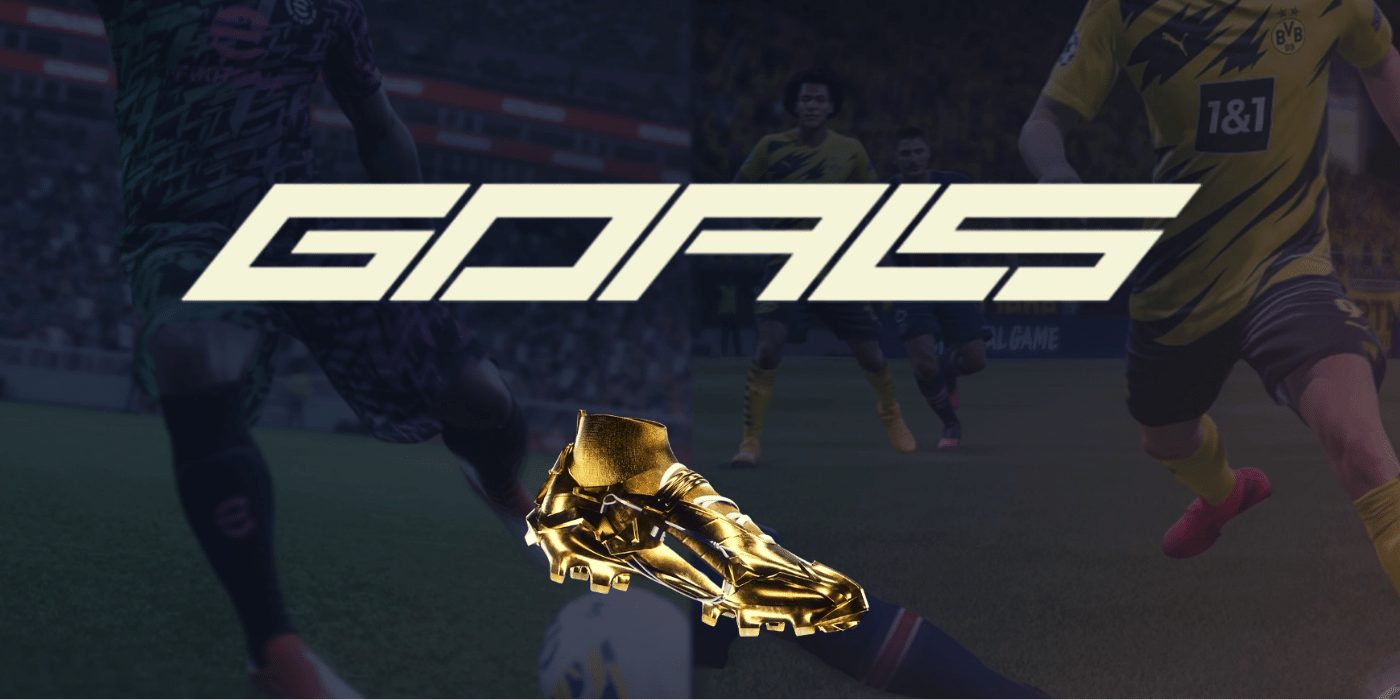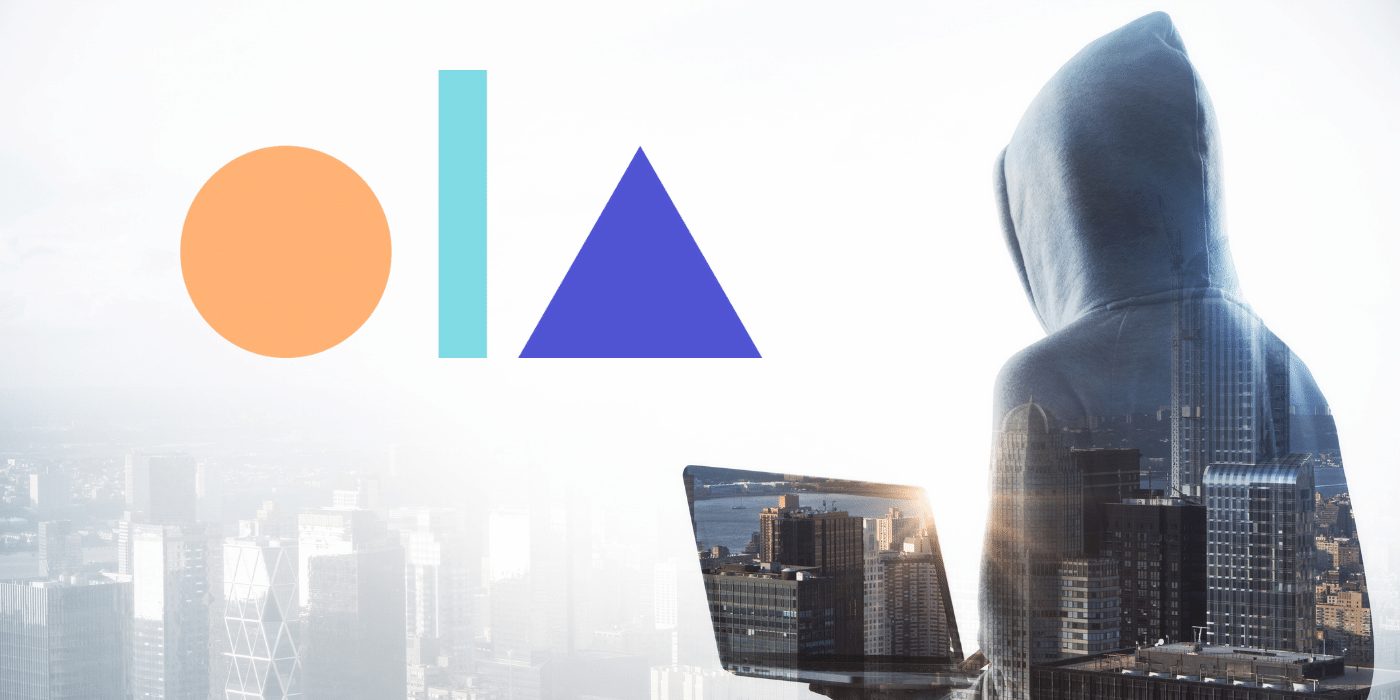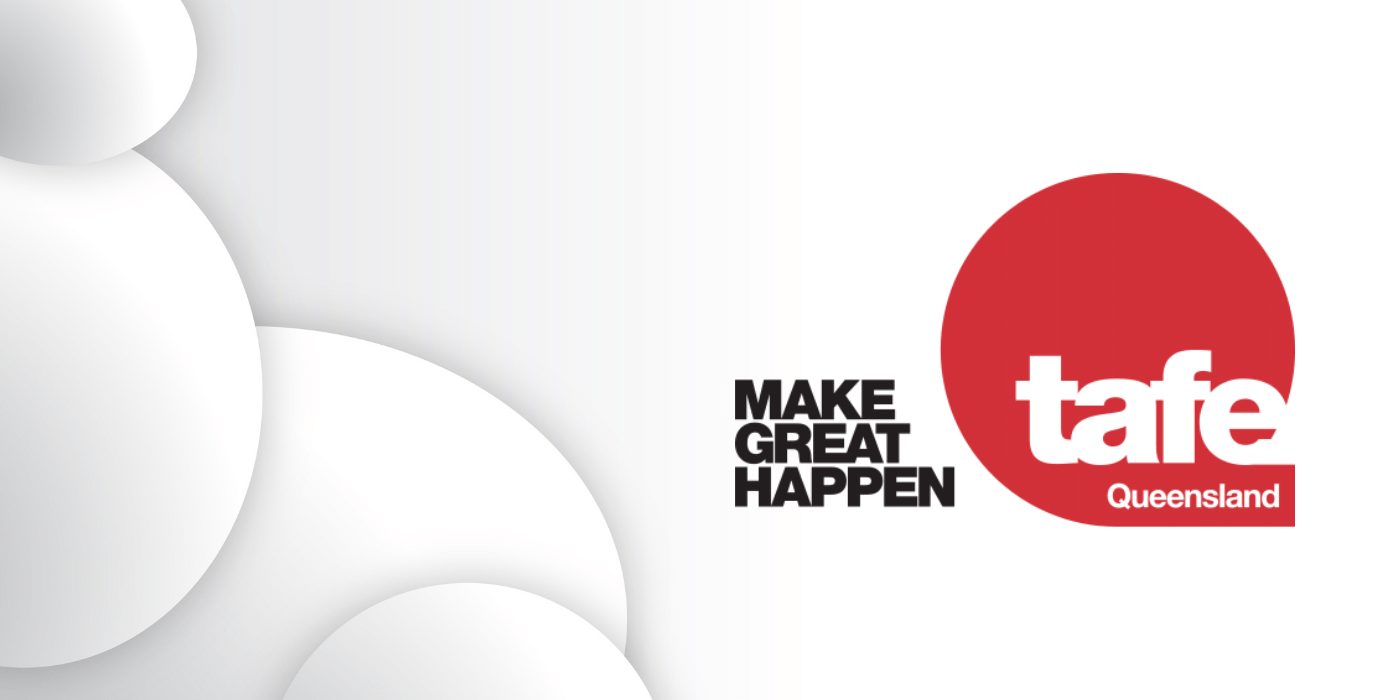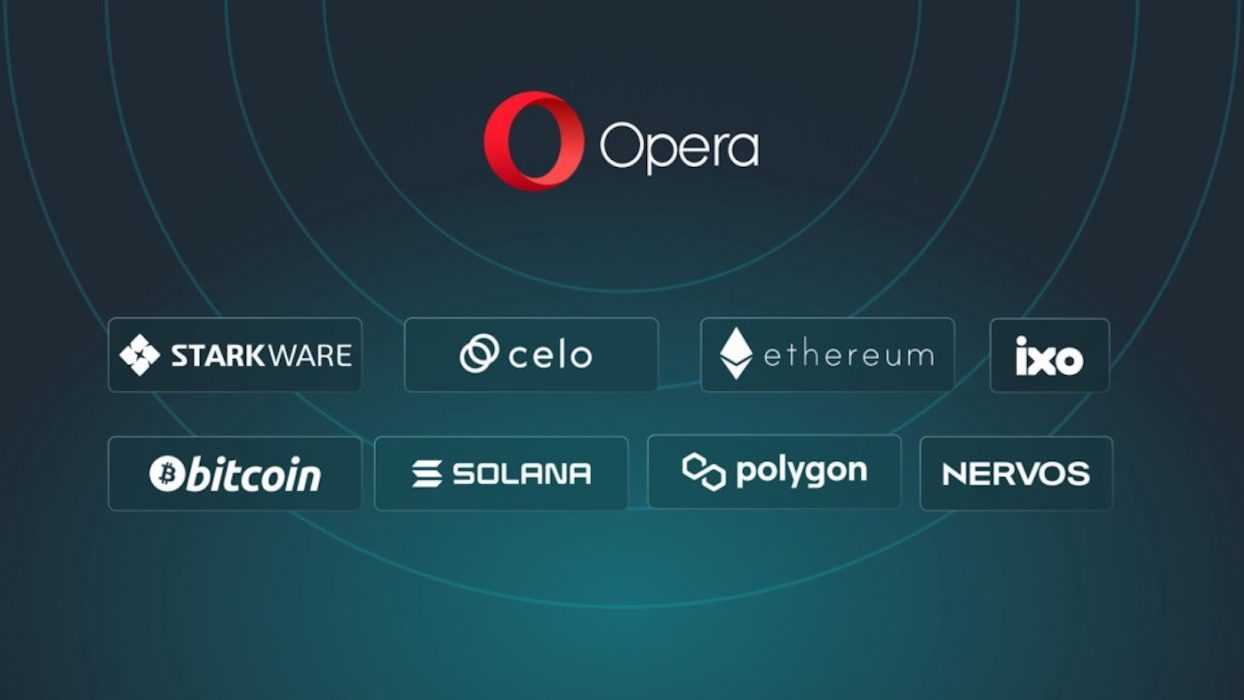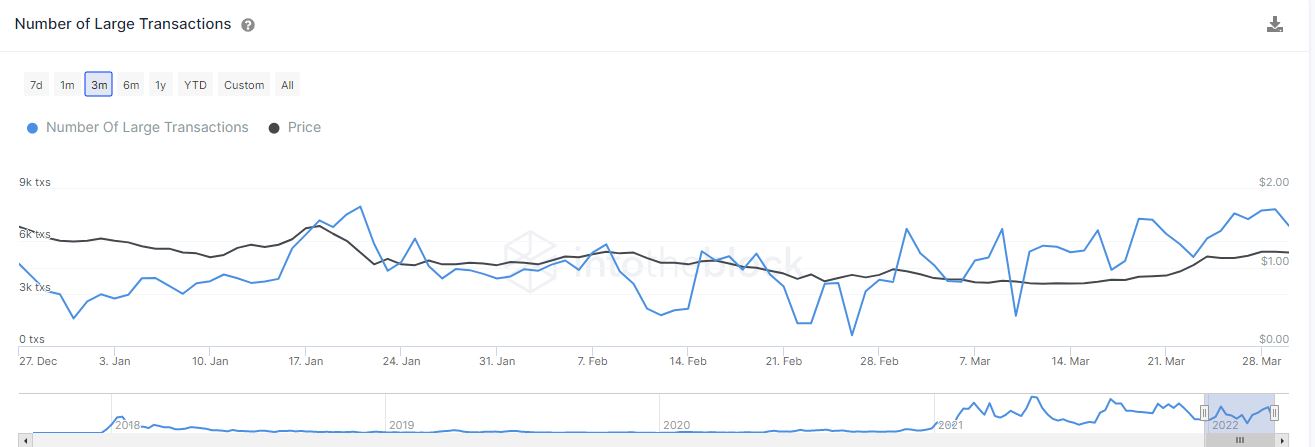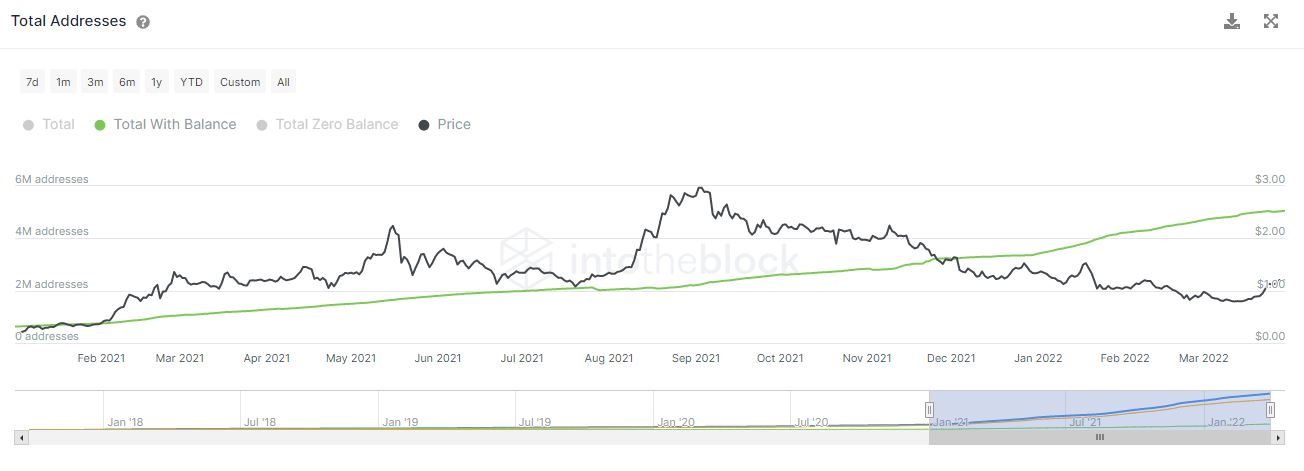Among the findings of a joint report by DappRadar and the Blockchain Game Alliance (BGA) is that blockchain gaming has boomed by a massive 2000 percent in a year. This figure directly relates to 52 percent of all blockchain activity.

This Could Be a $10 Billion Year
The first quarter of this year has seen significant statistics out of the crypto gaming industry. With US$2.5 billion in investments poured into the industry already, 2022 is shaping up to be a big year for the advancement of blockchain gaming. Developers are anticipating this number could grow to US$10 billion by the end of the year.
The popularity of play-to-earn (P2E) NFT games on the Ethereum sidechain has played a large role in this growth. According to the report:
The ownership entitled by NFTs, and the underlying financial ecosystem enabled by cryptocurrencies and play-to-earn games, will shift the paradigm from the traditional metaverse that is limited to a virtual, augmented reality.
DappRadar x BGA games report
Animoca Brands and Yuga Labs hold some of the largest deals for the year so far, as blockchain games drew in 1.22 million unique active wallets.
Success Stories in Crypto Gaming Industry
In 2021, blockchain crypto gaming coins soared, with just one week in August witnessing nearly 700 percent growth. This seemed to mark the start of the acceleration in the blockchain gaming industry. Mobile gaming benefits immensely from NFTs, as the notion of adding real-world value to in-game assets became wildly popular.
Later in 2021, Galaxy Interactive – a venture capital firm specialising in gaming start-ups – raised US$325 million with the intention of investing in blue-chip NFTs. At the time it was reported that US$150 million had been allocated to a range of new companies.



